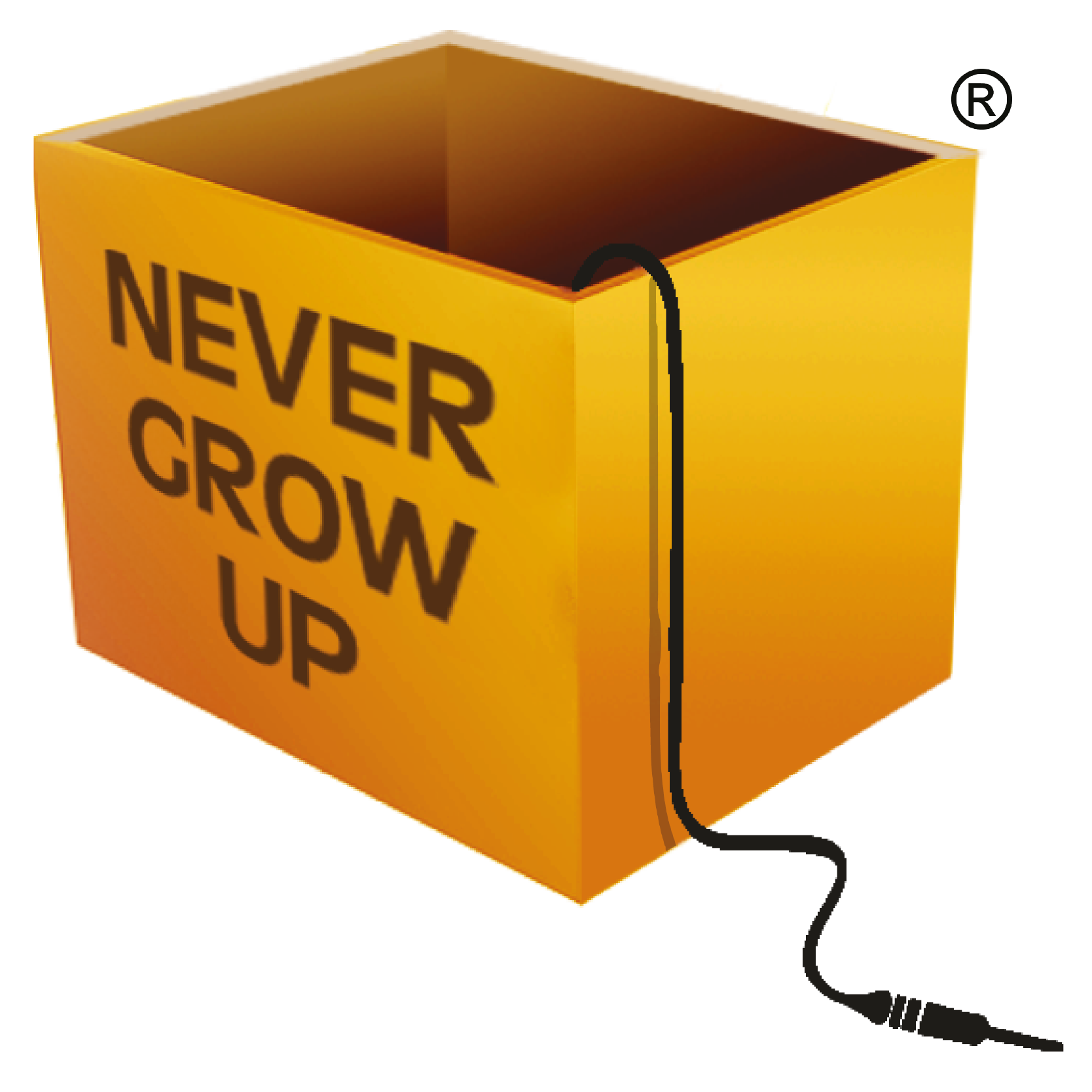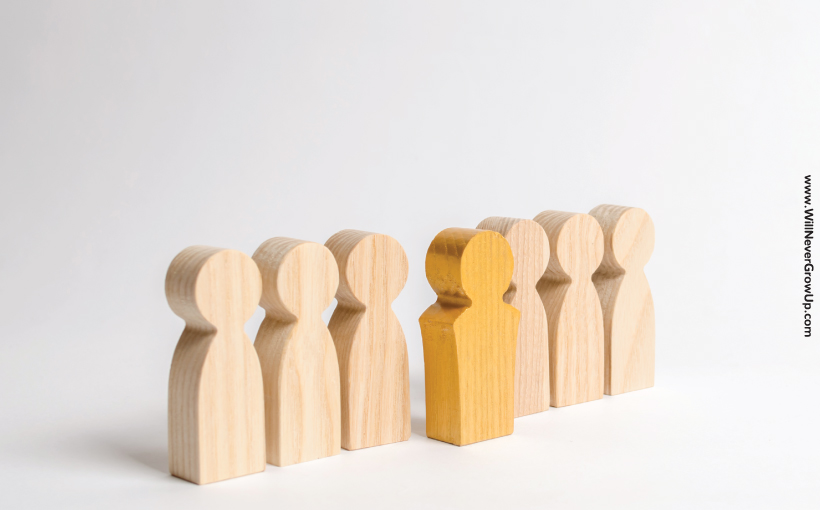Sustainability should never be a matter of convenience, or the easiest way out to check some boxes on the list of Sustainable Development Goals (SDGs) put forth by the United Nations. While it is indeed sad that the planet has reached such a point that sustainability had to become a directive, at least from this point onwards, we must all learn to take it a bit more personally.
Sustainability aims to uplift the vast populations around us, it aspires to leave a planet behind for our future generations that is not merely habitable but also productive, secure, healthy and life-giving, as it is supposed to be. Just to illustrate the vast range of factors that comprise sustainability, here are some of the 17 UN SDGs: No Poverty, Quality Education, Gender Equality, Responsible Consumption and Production, and Climate Action.
While delivering on sustainability goals is imperative, it is actually the final step in the sustainable alignment of businesses. The run up to final actions and executions is a slightly more complex path, one that involves the entire organization and not just a single leader or an arbitrary advisory board. There are a myriad ways to approach sustainability, and numerous action plans to adapt so that one can count among the niche few businesses that have successfully achieved their sustainability goals. However, our view of these goals needs to go much deeper, creating a holistic success story. So, where does this story start? And how does it progress?
Building the Right Culture
It is the people that make up an organization, and it is the people who will make it sustainable. The concept of sustainability needs to be deeply entrenched in an organization. Without a culture that embraces sustainability, the goal is not understood and is therefore not effectively achieved. Sustainable practices need to be a part of every-day functioning, at every level. This can be through seemingly small practices that actually have a large impact on the mindset of people. Starting with reusable or recyclable cutlery in the office cafeteria, doing away with any food items that are packaged in plastic, allowing people to serve themselves so they only take as much food as they can consume, right up to separating wastes, providing janitorial and on-ground staff with protective masks and gloves to shield them from germs, fumes and dust. These measures become more than just arbitrary rules, and act as gestures that indicate respect for the planet and all those who inhabit it. When sustainability starts at the roots, it’s easier for every employee of the company to understand its importance, and for the company’s policy makers to truly incorporate sustainable practices into every possible function. Ikea is possibly one of the best examples of the kind of success that sustainable businesses can see. As of 2016, the furniture giant was sourcing almost half of their wood from sustainable forests and all of their cotton from farms that ensure resourceful use of water and power, and reduced use of chemicals. Not just this, but Ikea also powers its own stores through solar energy, something that affects people, both internally as well as leaving an impression on and conveying a message to customer externally.
Considering all the Stakeholders
To achieve sustainability in the business in a relevant manner, it is also important to fully understand the stakeholders of the business and the geographical and social context within which the company operates. From customers to investors, stakeholders are also a part of the sustainability journey, and their needs are to be considered for maximum impact. Starting with where a company sources its raw materials from, to the labour that is employed on-ground, to who the finished product is finally delivered to, there are multiple segments to consider. For businesses depending on agriculture and animal husbandry, for example, the focus can be on promoting water conservation not just within the company, but also reaching the grass-root level to provide resourceful irrigation measures and organic alternatives to chemical pesticides. This can be done either through directives that ensure existing organic products are used, or by funding research and development centres for field studies followed by implementation in rural farmlands. The number of parameters along the supply chain can sometimes be dizzying. Various fast fashion brands, for instance, boast of using cheaper and environmentally friendly raw materials and fibres, but how many of the same brands respect the minimum wages for workers in their factories? With increasing demands on publishing previously undisclosed information, several global fashion brands like Esprit, Gap, Nike and Patagonia, are releasing details of their supply chain, so that if industry standards are not met in some seemingly insignificant factory in, say, Bangladesh or India, the brand can actually be held accountable. With norms getting stricter, the hope is that organizational accountability to stakeholders will push sustainable practices to top priority.
Understanding the Numbers
Sustainability, be it in terms of environment, working conditions or gender parity in pay, altogether has a positive impact on the business. According to a report released by The Business and Sustainable Development Commission in 2017, achievement of the UN’s SDGs even in just the four areas of Food & Agriculture, Energy & Materials, Cities, and Health & Well-Being, will create $12 trillion worth of fresh market opportunities by 2030. Additionally, with environmentally friendly corporate policies in place, decreased carbon emissions, judicious water use, and a switch to renewable energy, the prospective overall profit is around $17 trillion. And that’s not all. The report also states that by living up to the SDGs, there is potential to create 380 million new jobs by 2030 globally, of which 90 per cent will be in developing countries. To be specific, 220 million new jobs are estimated by 2030 in China, India and other developing Asian countries, provided, of course that global promises on sustainability are kept. The greater good of the planet and mankind, and the success of businesses do actually go hand-in-hand, and sustainability does indeed make financial sense.
So, building a strong culture in the organization needs to be followed by a deep understanding of which sustainability goals are important and relevant to the organization. We cannot chase after every goal, and so the focus must be quality over quantity. Once issues of relevance are narrowed in on, businesses can further streamline the list by focussing on where they themselves can add value and help uplift people and the environment. When the priorities are in perspective, it is time to fit these sustainability problem areas within the business model of the organization. These are some of the preliminary questions to ask, from which a plan can be derived:
- What is the objective of the sustainability plan?
- What are the simplest/most small-scale methods of achieving a level of sustainability that will complement the larger sustainable practices?
- What are the methods and processes to be implemented on a larger scale?
- What quantum of the organizational resources is to be allocated to the larger scale methods?
- What are the short-term and long-term targets?
We all know that sustainability needs businesses, but did we ever stop to absorb the fact that businesses also need sustainability? Institutional change is the need of the hour, and the planet and its people are waiting for sustainability to become so widespread that it percolates down to every individual life. While businesses may have started with visions of success and profitability from addressing consumer demand, now is the time for them to repurpose themselves to align with sustainability.
This article first appeared on Indian Management Magazine print version.





